How Do You Add Coolant or Antifreeze To Your Car?
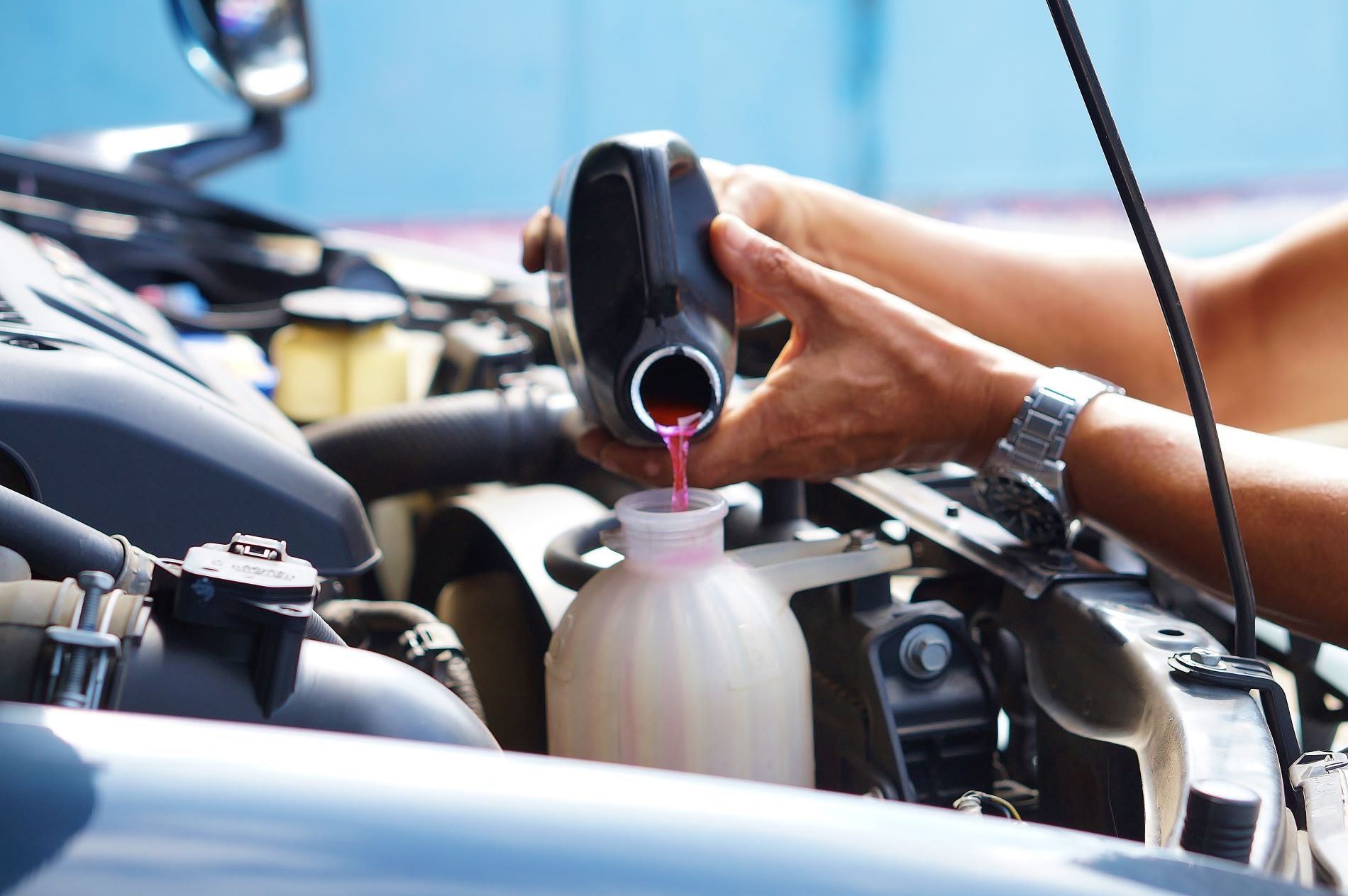
Adding the correct coolant amount to your car is an important part of maintaining it. Did you know that driving with a low coolant level can cause your engine to overheat and damage other components? Keeping enough coolant in your car is essential for preventing major problems.
In this article, you'll learn how to add the right kind of coolant and check for leaks. Let's get started!
Click here to schedule service in Louisville, KY.
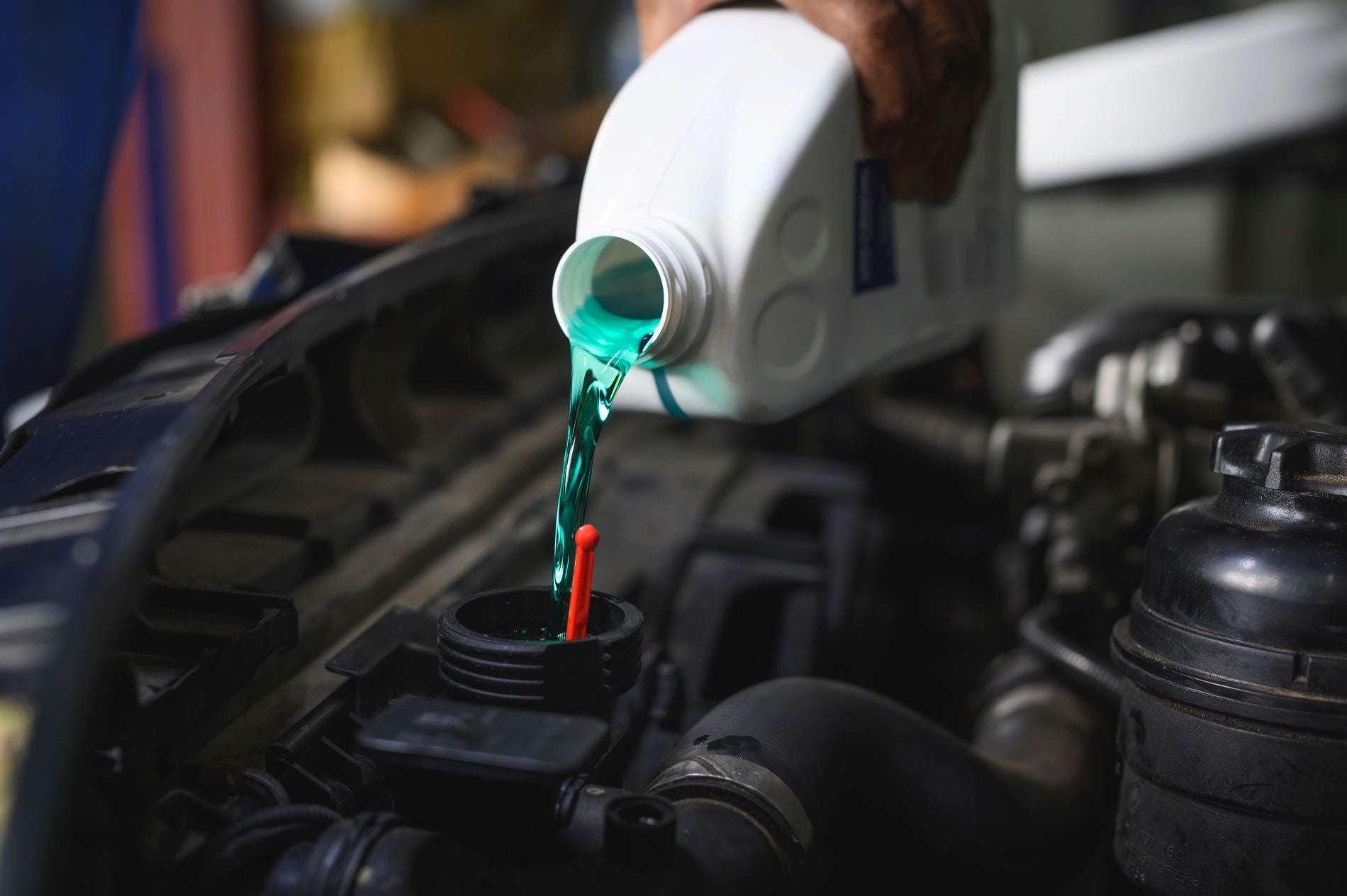
Determine the Type of Coolant
You'll need to figure out the right engine coolant your vehicle requires before you can top off the tank. This is a crucial step that'll ensure you get the right product for your car.
Click here to redeem service coupons on Louisville, KY.
To determine this, start by examining your vehicle's specs and researching brands that offer coolant compatible with your car. You should also consider the climate where you live since different types of coolant may be better suited for cold or hot temperatures.
Take into account any recommendations from the manufacturer as well, and make sure to double-check the compatibility of both coolant and antifreeze when selecting a brand.
Click here to schedule service in Louisville, KY.
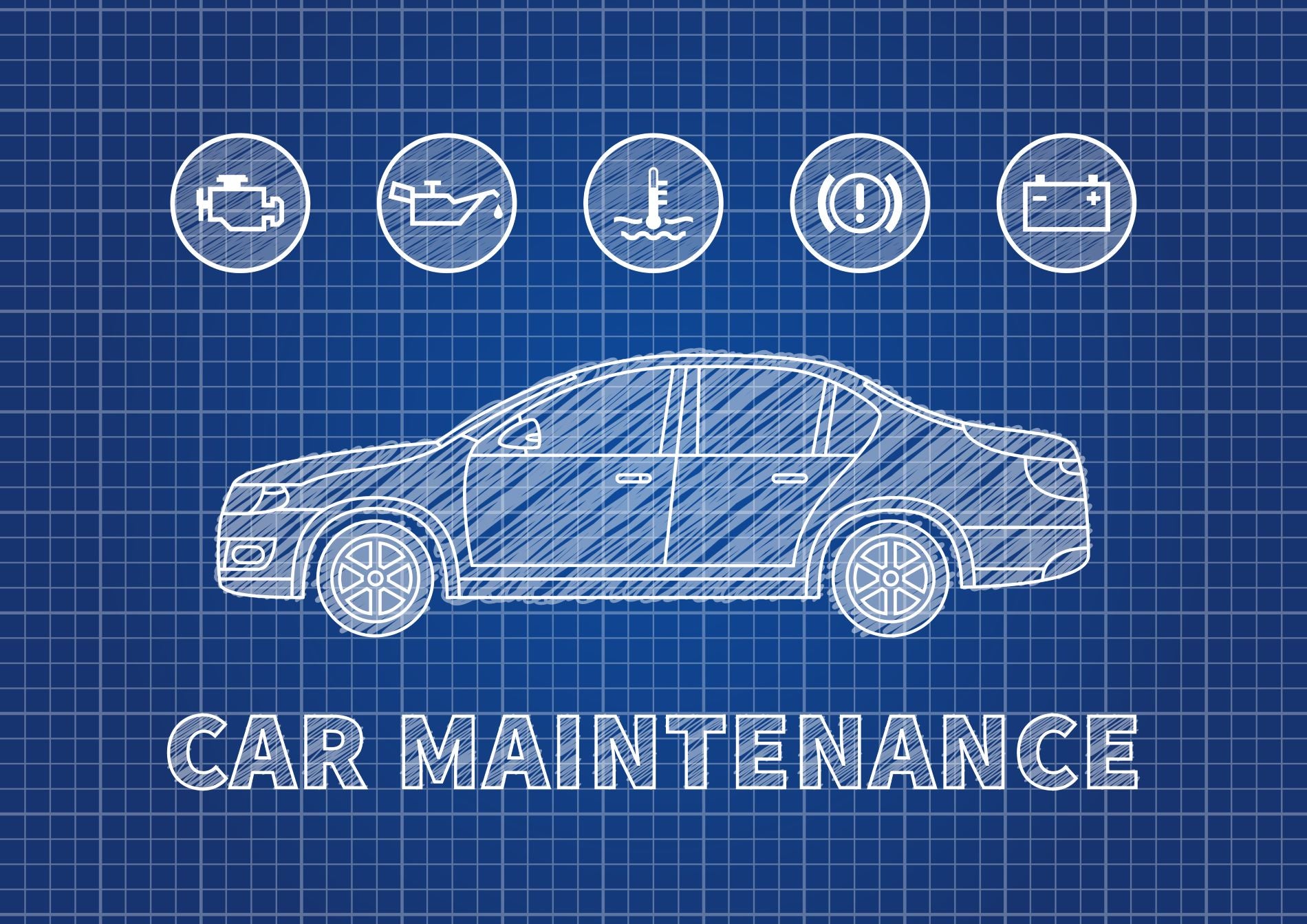
Types of Coolants
Inorganic Additive Technology (IAT):
These were the first coolants used in cars, these coolants are derived from phosphate-silicate additives. They were used to protect iron, brass, copper, and aluminum parts.
Organic Acid Technology (OAT):
The second generation of coolants are derived from organic acids combined with corrosion inhibitors. Because of their chemical makeup these coolants can last up to 5 years
Hybrid Organic Acid Technology (HOAT):
The newest generation of coolants, these are a combination of IAT and OAT coolants. The mixture of organic compounds with inorganic materials make them excellent for protecting specific types of materials.
Click here to schedule service in Louisville, KY.
Check the Coolant Level
Pop open the hood and take a peek inside - it's time to find out just how 'cool' your engine really is!
To check the coolant level, locate the coolant reservoir. This is usually found near the radiator and can be identified by looking for a translucent plastic container with an inscription that reads 'coolant.'
Once you have located the coolant reservoir, remove its cap and look inside. You'll want to make sure that the fluid reaches at least to the 'min' mark on the side of the container; if it doesn't, then you'll need to add more coolant.
Before doing so, however, it's important that you monitor your car's temperature gauge while driving around for a bit in order to verify that no problems exist with your vehicle's cooling system before adding any additional coolant.
Click here to redeem service coupons on Louisville, KY.
Additionally, be sure to review any instructions provided by your car manufacturer regarding specific types of fluids or quantities needed when topping off your vehicle.
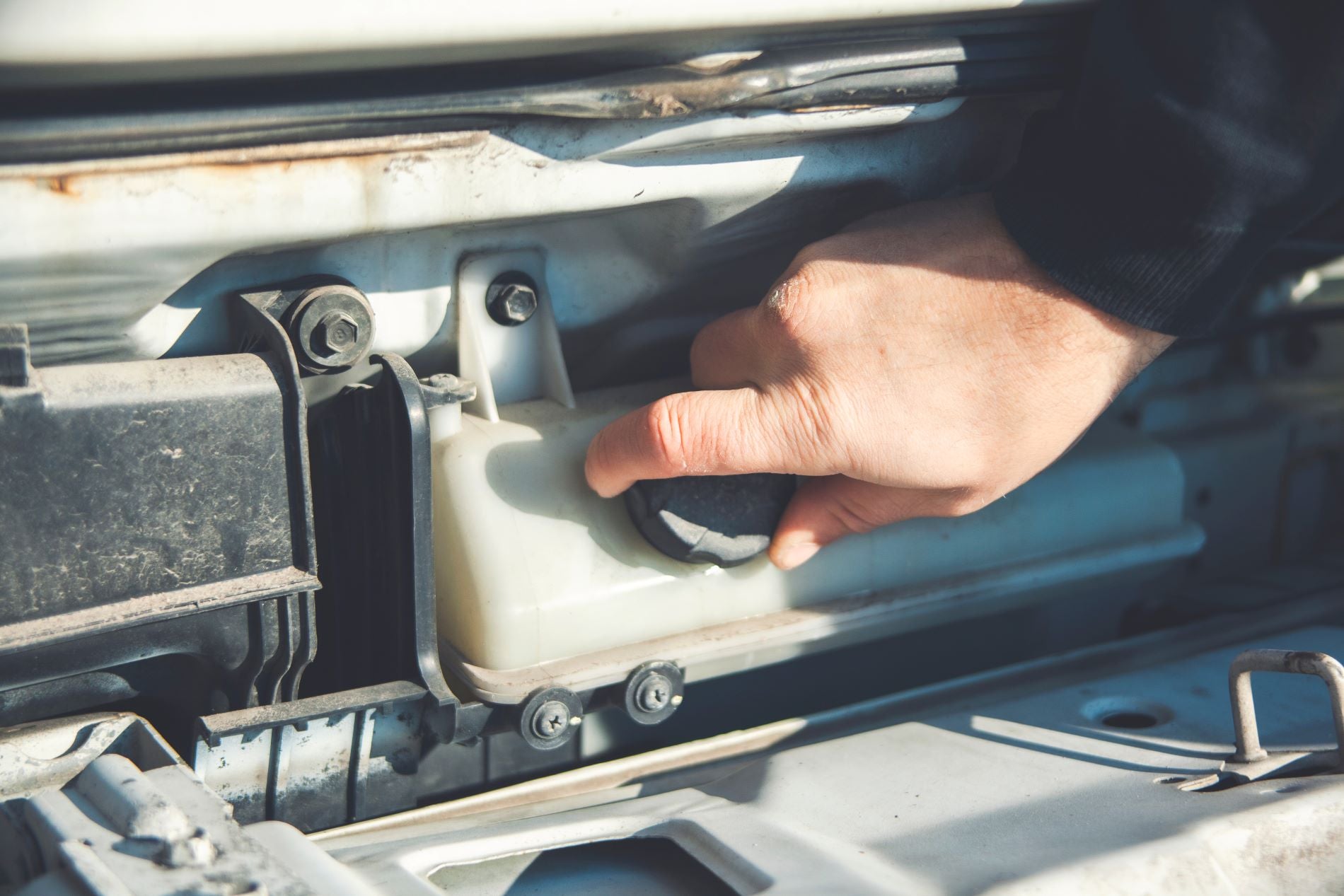
Locate the Coolant Reservoir
Once you've opened the hood, you'll want to locate the translucent container - it's where the coolant is stored!
Click here to redeem service coupons on Louisville, KY.
The reservoir should be easy enough to find, as it normally has a coolant symbol near it. To understand the basics of a car's cooling system, look for two hoses connecting to the reservoir.
One hose will lead to the radiator and other components of the cooling system while another one is used for draining purposes.
If you can't find this container, consult your owner’s manual or take your car to an auto shop for assistance.
Click here to schedule service in Louisville, KY.
Check for Leaks
Inspect your vehicle for any signs of coolant leakage to make sure you're good to go!
Inspect hoses for any signs of wear or damage before adding coolant. Make sure the type of coolant you're using matches what the manufacturer recommends for your specific make and model.
There are a few things you need to look out for when checking for leaks. First, identify any wet spots around the hoses or draining systems connected to your car's cooling system. Second, check if there's an unusual amount of steam coming from under the hood when you start up the engine. Lastly, examine all visible lines and connections associated with the radiator and cooling system for cracks or signs of wear.
Click here to redeem service coupons on Louisville, KY.
It's important to note that not all coolant leaks are easily visible; they can be hidden beneath other parts of your vehicle or be very small in size. If you suspect a leak but can't find it right away, consider taking your car into a professional mechanic who can help identify any potential issues so they can be addressed promptly.
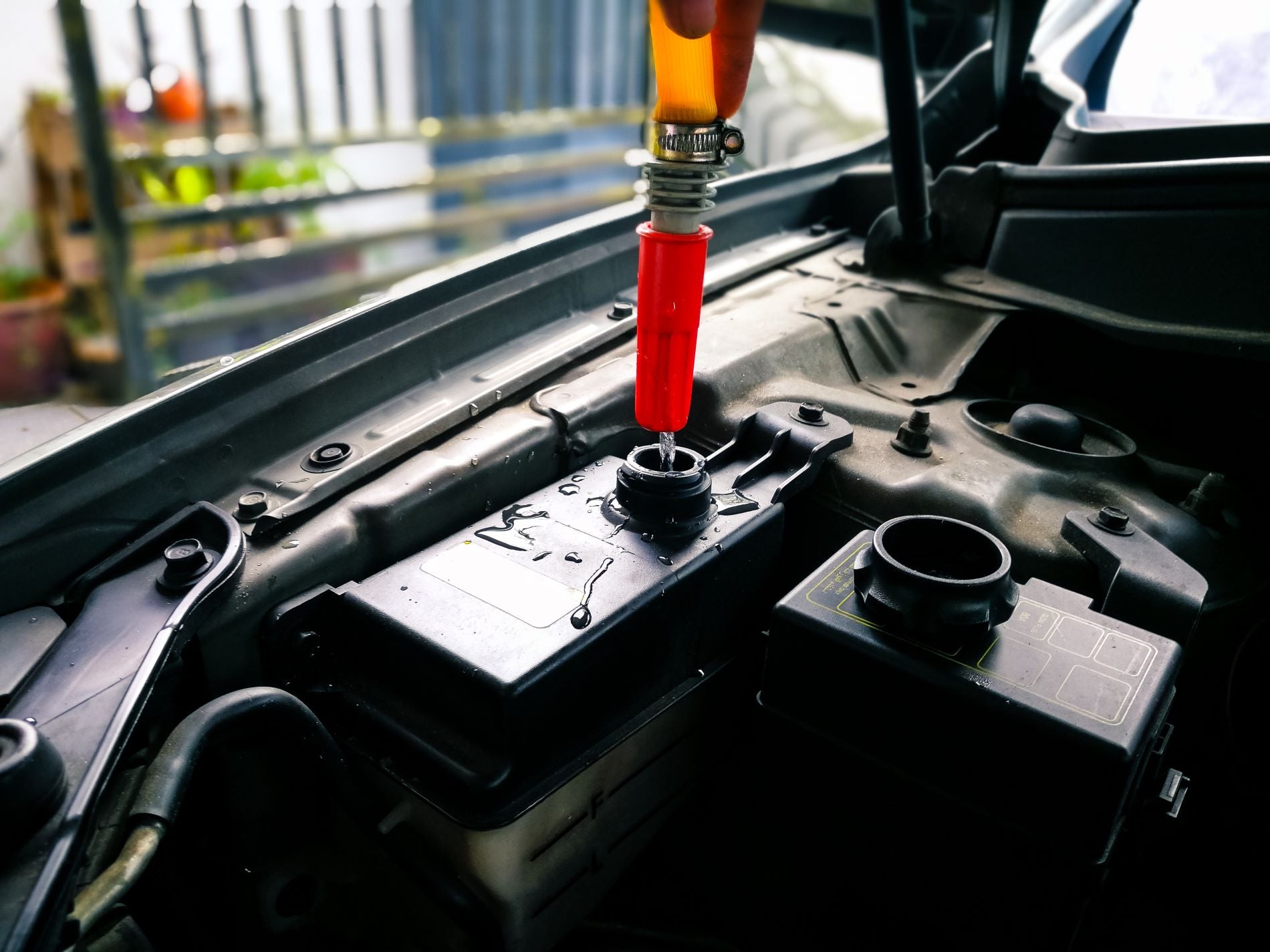
Adding the Coolant or Antifreeze
Most modern vehicles use long-life antifreeze coolant, which will have a light green or yellowish hue. Once you've determined the right type of coolant, open the coolant reservoir cap and top off the fluid level until it reaches just below the maximum fill line.
Then close up your engine compartment and start up your car to ensure that everything is functioning properly.
Click here to schedule service in Louisville, KY.
Frequently Asked Questions
How often should I check my car's coolant level?
Do you know how often you should be checking your car's coolant level?
Keeping an eye on the coolant temperatures and checking frequently is essential for keeping your car running efficiently. Depending on the age of your vehicle, it's recommended to check your coolant level every couple of months or at least before long trips.
Doing so will ensure that you don't end up with a broken-down car caused by an overheated engine due to low levels of coolant.
Click here to watch a video on how to check your coolant levels.
What are the signs of a low coolant level?
Checking your car's coolant level is important for keeping it running smoothly and avoiding expensive repair bills. If your coolant level is low, there are some telltale signs you can look out for.
You may notice your engine overheating more often, a sweet smell coming from under the hood, or an increase in visible steam when you pop the hood. Additionally, if you check the reservoir and notice that it's empty or close to empty, this could be an indicator of a low coolant level.
Different types of coolants require different maintenance schedules, so be sure to consult your owner's manual on how often to check and refill your car's specific type of coolant.
Click here to learn 7 different ways to spot a low coolant level.
Is it safe to mix different types of coolant?
Did you know that there are more than 10 different types of coolant additives used in cars?
Click here to redeem service coupons on Louisville, KY.
When it comes to mixing different types of coolant, it's important to be aware of the mixing ratios. Generally speaking, it's not safe to mix different types of coolant as this can lead to corrosion and other problems with your car's engine.
To make sure your car is running safely, use the same type of coolant for refills or replacements.
Click here to read more about why you shouldn't mix coolant types.
What should I do if I spot a coolant leak?
If you spot a coolant leak in your car, it's important to take preventative measures.
Start by checking the levels of coolant in your radiator tank and topping up if needed. It's also advisable to check for any leaks or cracks on the hoses or radiator as these can be signs that the coolant has been leaking.
If you find that there are any serious problems, it's best to have a professional mechanic inspect your car before continuing further.
Click here to learn more about how to spot a coolant leak.
Are there any dangers associated with adding too much coolant?
Yes, adding too much coolant to your car can be dangerous.
It's important to follow the mixing ratio provided by the manufacturer for your particular make and model of car.
Click here to redeem service coupons on Louisville, KY.
If you add too much coolant, it could cause damage to components in your engine.
Additionally, having more coolant than what is needed will reduce its lifespan so that it won't last as long as it should.
Therefore, always be sure to double-check the manufacturer's recommendation on how much coolant to use when topping off your vehicle's reservoir.
Click here to learn more about why you shouldn't overflow your coolant.
Conclusion
Congratulations! You've successfully added coolant to your car. It's a great feeling when you can take care of your own vehicle and know that it's in good shape.
Now, you can enjoy the peace of mind that comes with knowing your car is running properly and won't have any unexpected problems down the road. Plus, you saved yourself some money by doing it yourself instead of taking it to a mechanic.
So pat yourself on the back for a job well done!
Don't want to change your coolant on your own? Click here to schedule service in Louisville, KY.

